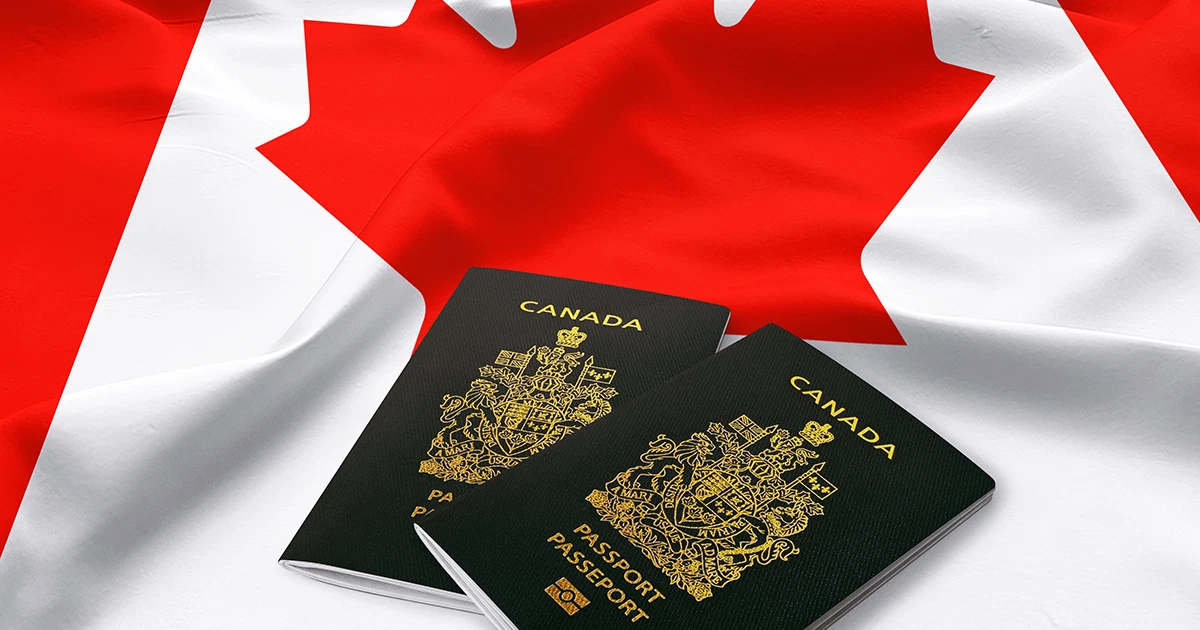Securing a job offer in Canada as a foreigner involves several key steps. Here’s a comprehensive guide to help you navigate the process:
1. **Research the Canadian Job Market**
– **Industry Demand**: Identify sectors and occupations that are in high demand in Canada. Research which regions and provinces have the highest need for your skills.
– **Job Boards and Websites**: Use Canadian job boards and websites such as Indeed Canada, LinkedIn, Glassdoor, and Job Bank to find job opportunities.
2. **Prepare Your Application Materials**
– **Resume and Cover Letter**: Tailor your resume and cover letter to Canadian standards. Highlight your skills and experience relevant to the job and emphasize how you can add value to the company.
– **Credentials and Certification**: Ensure your educational and professional credentials are recognized in Canada. You might need to have your qualifications assessed by organizations like World Education Services (WES).
3. **Network and Build Connections**
– **Professional Networks**: Join Canadian professional organizations and networking groups related to your field. Attend industry events, webinars, and conferences to connect with potential employers.
– **LinkedIn**: Create a strong LinkedIn profile and connect with Canadian professionals and recruiters. Engage with posts and participate in discussions relevant to your field.
4. **Apply for Jobs**
– **Job Applications**: Apply to job postings that match your skills and experience. Customize each application to the specific job and company.
– **Direct Contact**: If possible, reach out directly to companies you’re interested in working for, even if they don’t have current job postings. Express your interest and inquire about potential opportunities.
5. **Understand Work Permit Requirements**
– **Work Permit Types**: Familiarize yourself with different types of work permits available for foreign workers, such as the Temporary Foreign Worker Program (TFWP) or the International Mobility Program (IMP).
– **Labour Market Impact Assessment (LMIA)**: Many work permits require an LMIA, which is a document that proves there are no Canadian citizens or permanent residents available for the job. Ensure that your prospective employer is willing to obtain an LMIA if needed.
6. **Consider Express Entry System**
– **Express Entry**: If you’re aiming for permanent residency, consider applying through the Express Entry system. This system manages applications for three federal immigration programs: the Federal Skilled Worker Program, the Federal Skilled Trades Program, and the Canadian Experience Class.
– **Comprehensive Ranking System (CRS)**: Ensure you meet the requirements and improve your CRS score by gaining additional qualifications, work experience, or language proficiency.
7. **Prepare for Interviews**
– **Interview Preparation**: Be ready to discuss your qualifications, experience, and how you can contribute to the company. Research common interview questions and practice your responses.
– **Virtual Interviews**: Given that you may be applying from abroad, be prepared for virtual interviews. Ensure you have a reliable internet connection and a professional setting for video calls.
8. **Legal and Administrative Steps**
– **Job Offer**: Once you receive a job offer, your employer may need to assist with obtaining a work permit and LMIA, if required.
– **Visa Application**: Apply for the appropriate work visa or permit. Follow the instructions on the Canadian government’s immigration website for the specific type of visa you need.
9. **Get Professional Advice**
– **Immigration Consultant**: Consider consulting with a licensed immigration consultant or lawyer who can provide personalized advice and assist with navigating the visa and work permit application process.
10. **Stay Persistent and Adaptable**
– **Persistence**: Finding a job in a new country can be challenging. Stay persistent, keep improving your skills, and be open to various opportunities.
– **Adaptability**: Be flexible and willing to adapt to different job roles or locations within Canada. Sometimes starting in a different role or city can lead to more opportunities.
By following these steps and being proactive in your job search, you can increase your chances of receiving a job offer in Canada and making a successful transition to working in the country.

